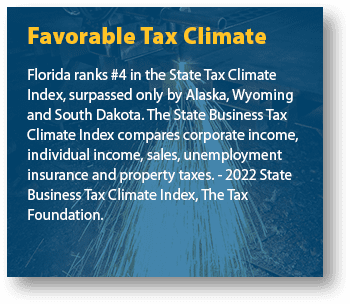State-wise Unemployment Rates: Discover Your State's Ranking
The national unemployment rate is currently 4.1%, up from 3.8% a year prior. Nonetheless, states’ unemployment rates can greatly vary, ranging from as low as 2% to as high as 5.7%. The area with the highest unemployment rate is Washington, D.C., at 5.7%, followed by Nevada at 5.6% and Puerto Rico at 5.5%. On the other hand, South Dakota has the lowest unemployment rate at 2%, followed by Vermont at 2.2% and North Dakota at 2.3%. Therefore, it’s essential to examine local data to get an accurate view of the job market.
Unemployment data, compiled by the Census Bureau and the Bureau of Labor Statistics, measure the percentage of job-seeking individuals who are not currently employed. It excludes those under 16 years old and those who have not actively sought work within the last month. The unemployment rate acts as a vital indicator of the economy’s health, signalling future economic downturns, the likelihood of an inflationary cycle, and anticipated levels of consumer spending. It also influences the prevailing labor market conditions, where a reasonable unemployment rate ranges between 3% and 5%.
The unemployment rate varies among states due to factors such as the type of industries in each state and the demand for those industries. For instance, states like California with a large tourism and hospitality industry, saw a significant increase in their unemployment rates during the Covid-19 lockdowns.
For those grappling with unemployment in California and needing assistance, eddcaller.com provides a host of information and resources related to the state’s unemployment benefits program. This includes how to get a hold of edd customer service. Overcoming unemployment can be challenging, but with the right resources and guidance, it’s possible to navigate the journey successfully.
